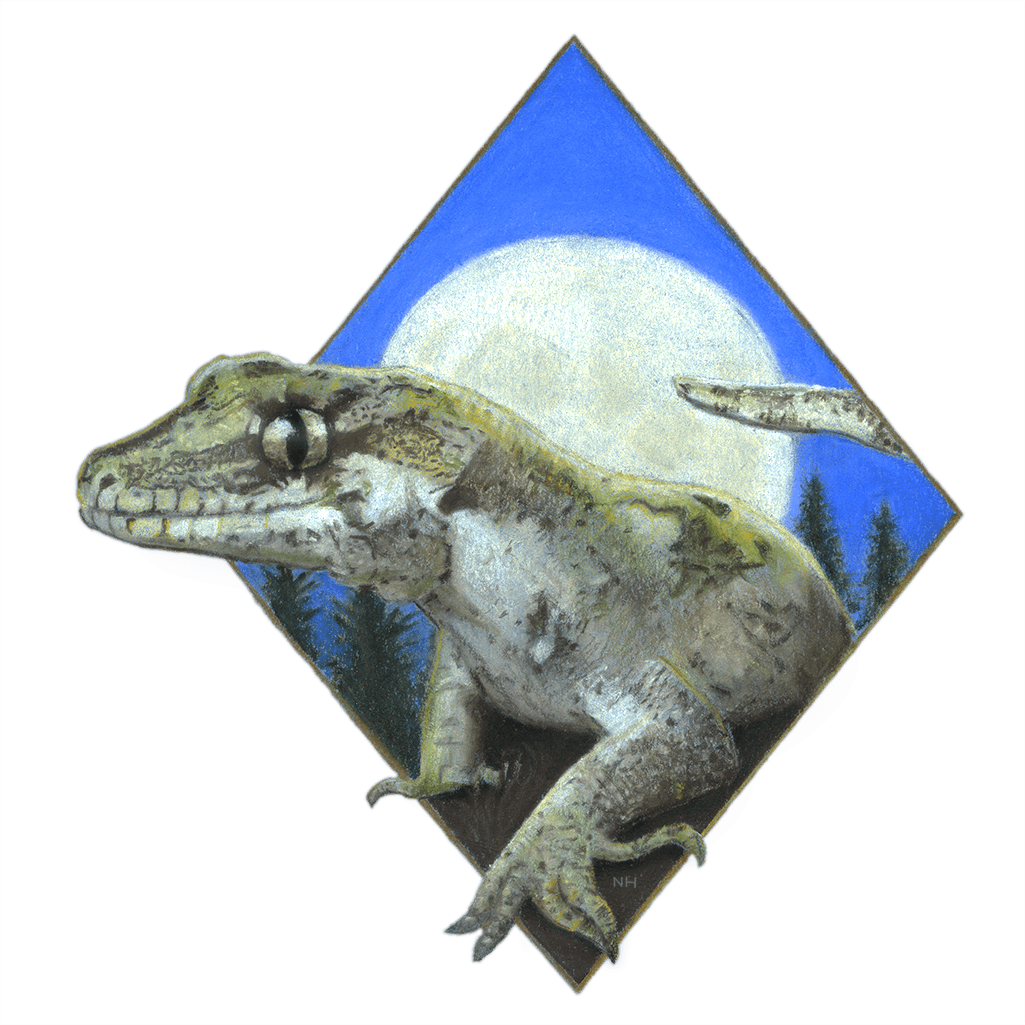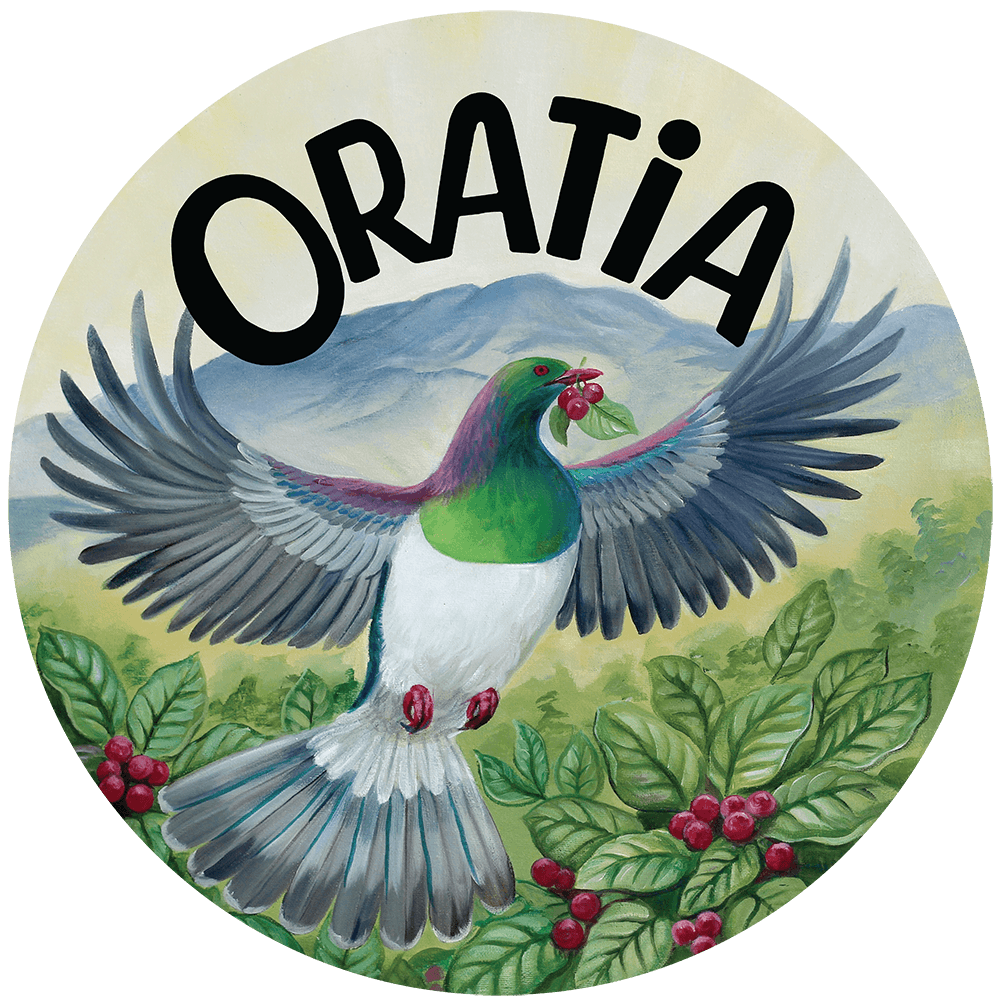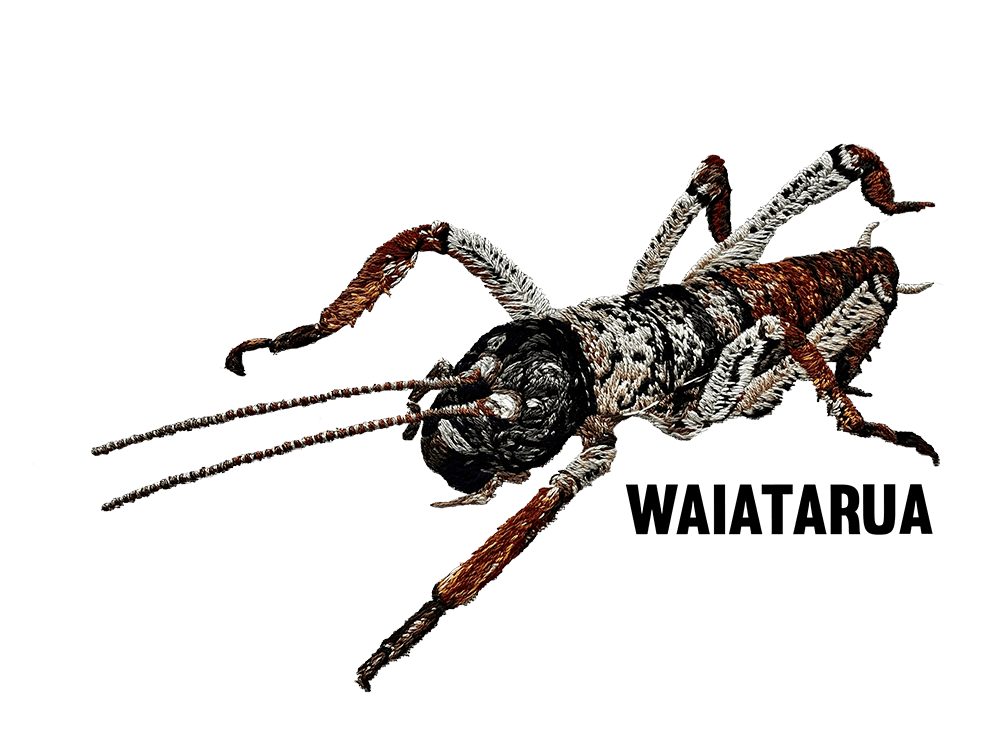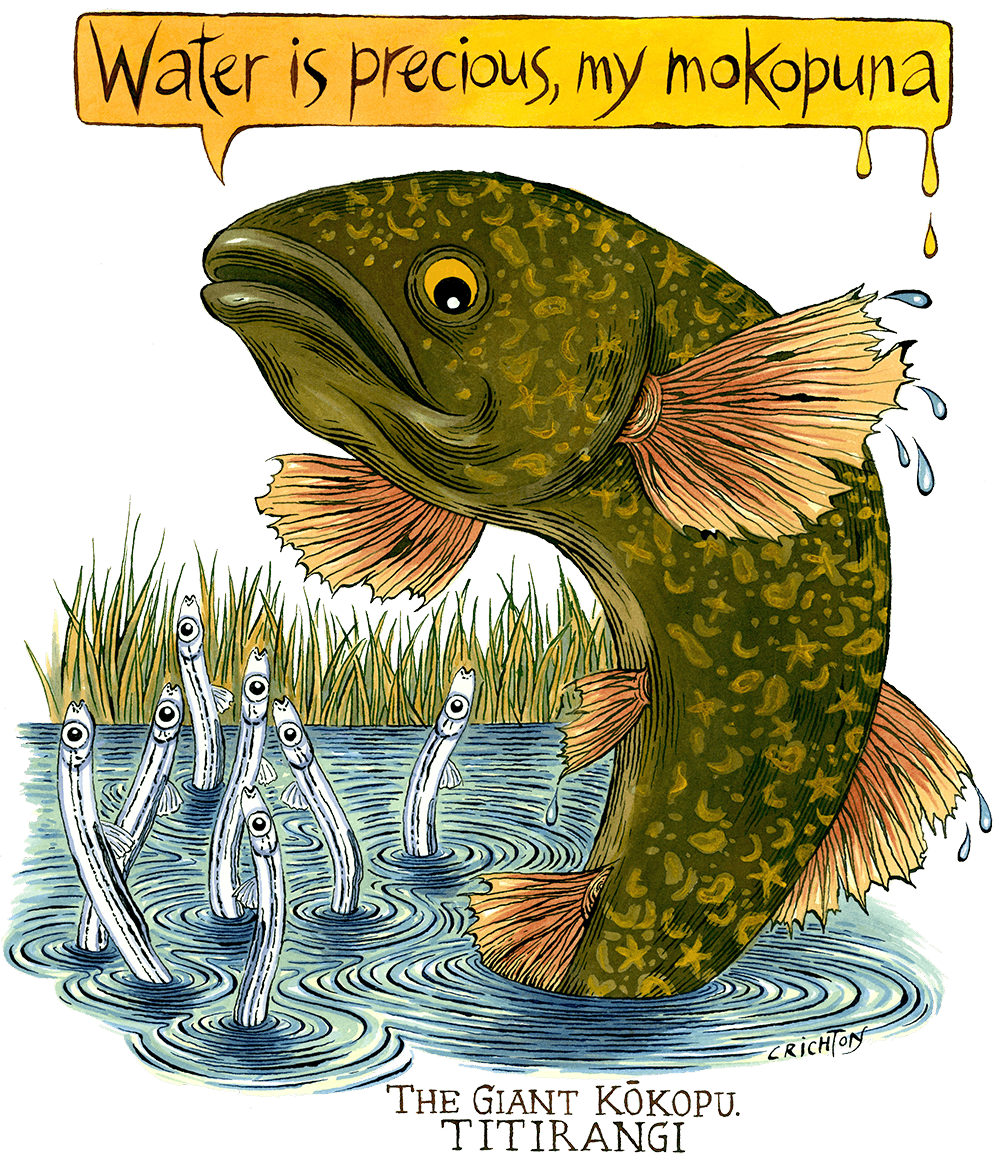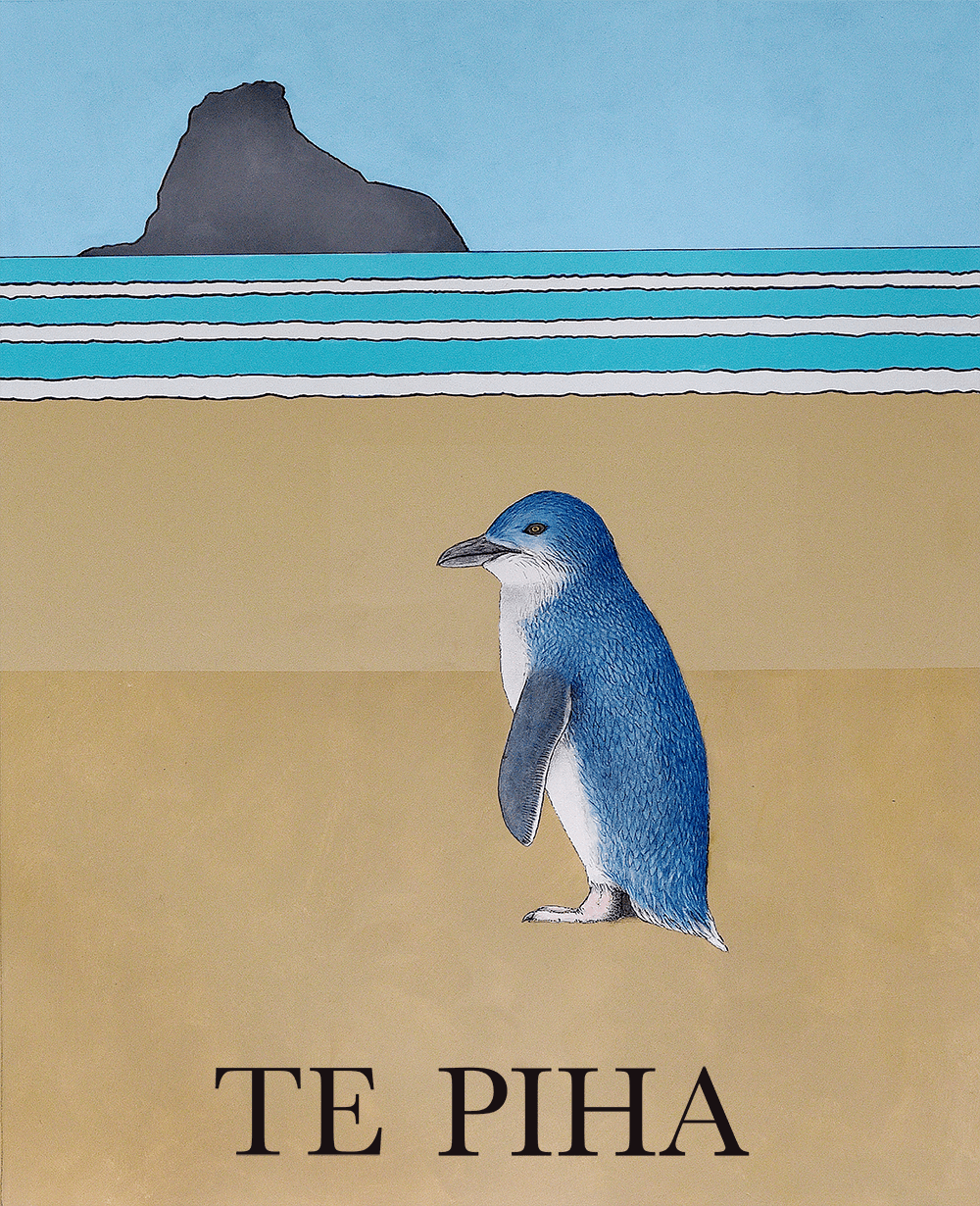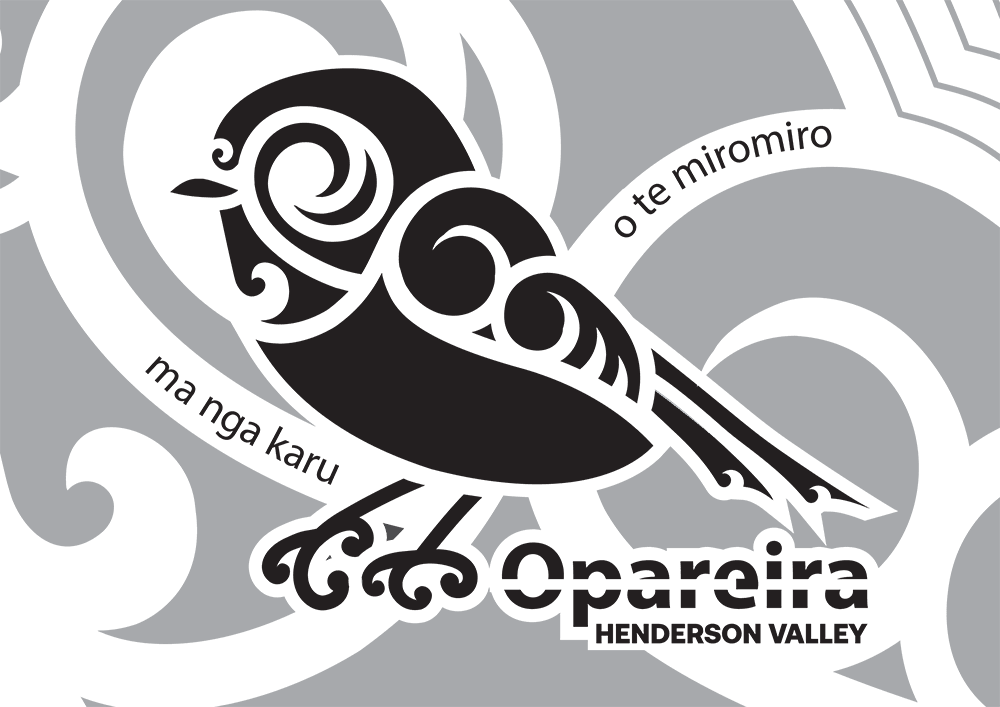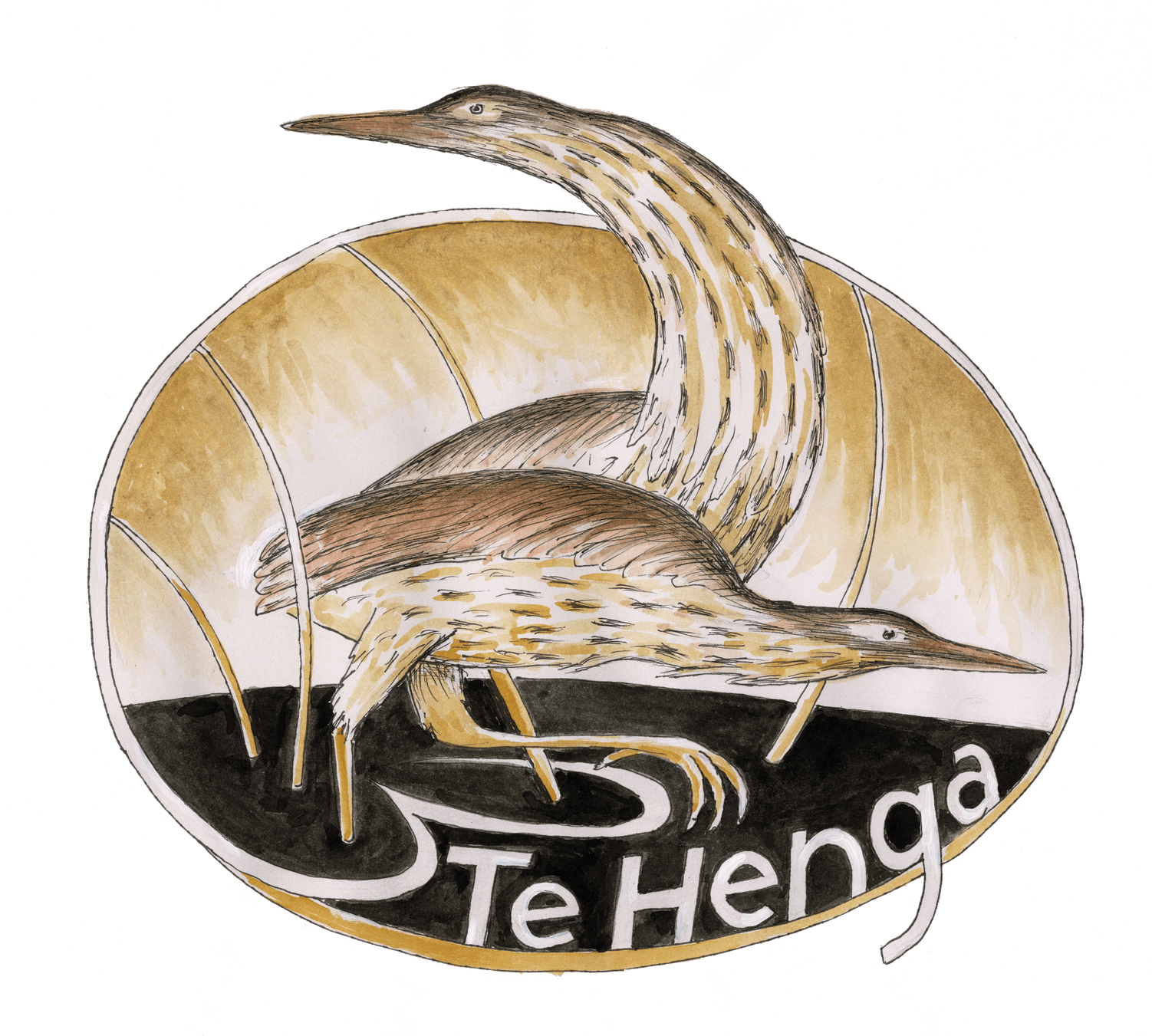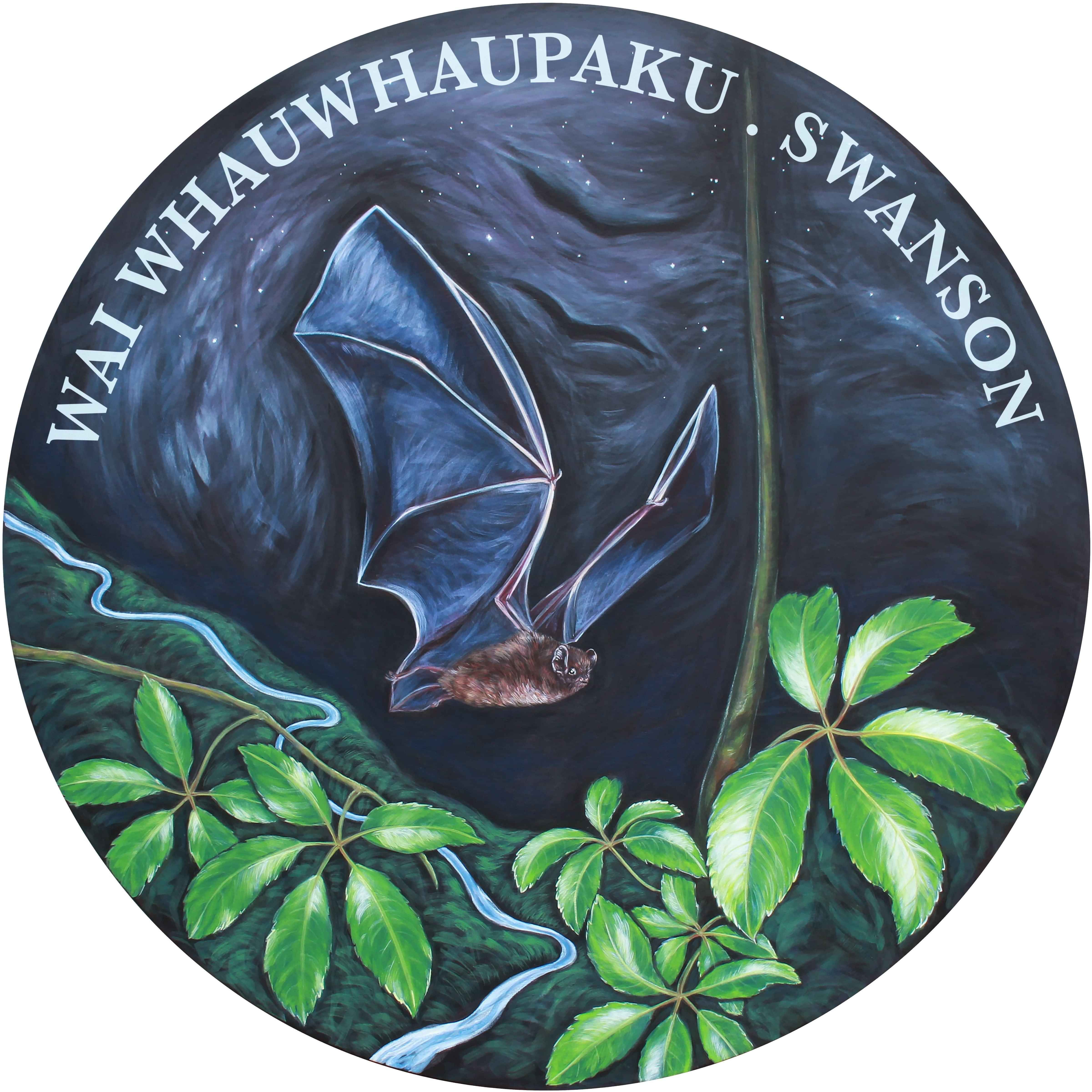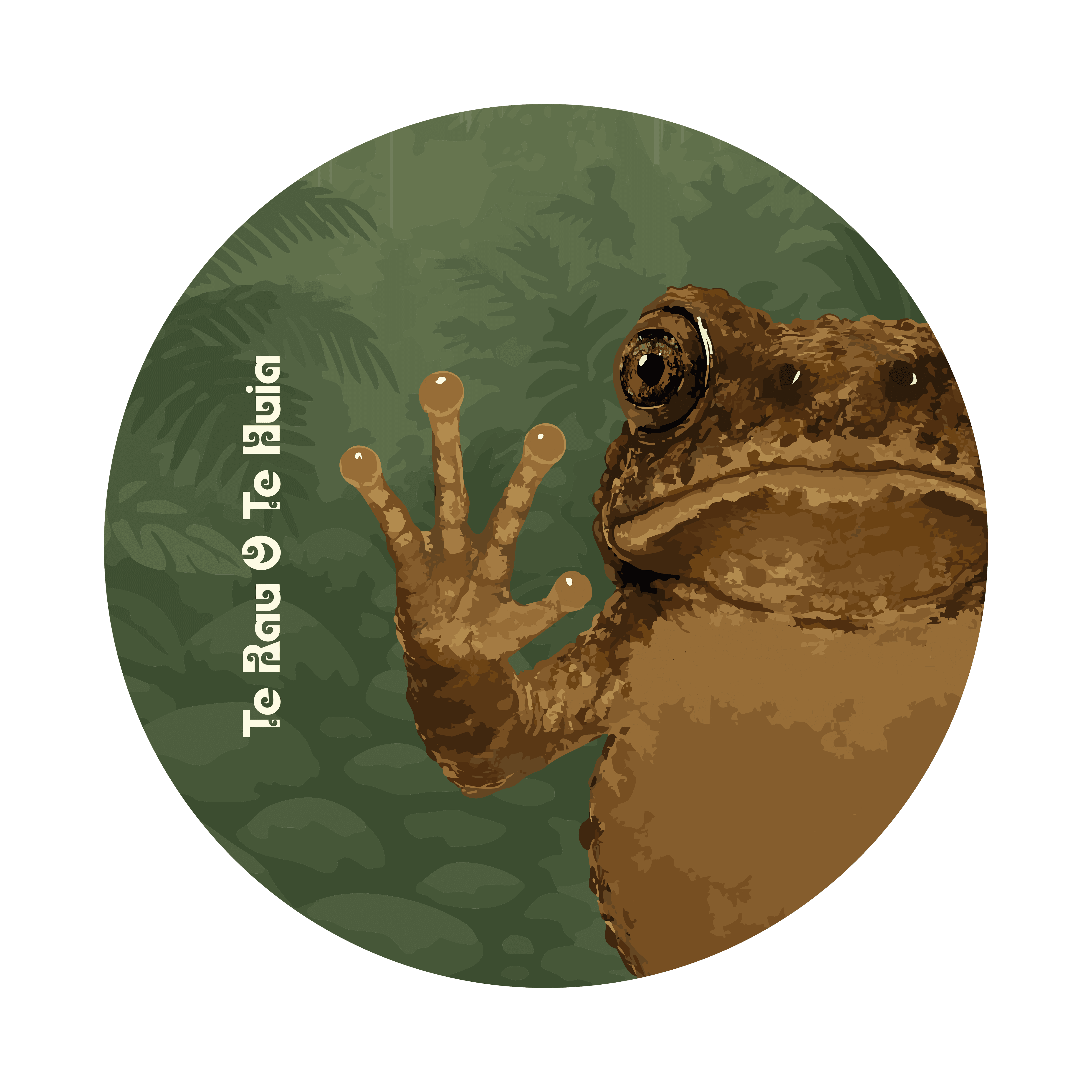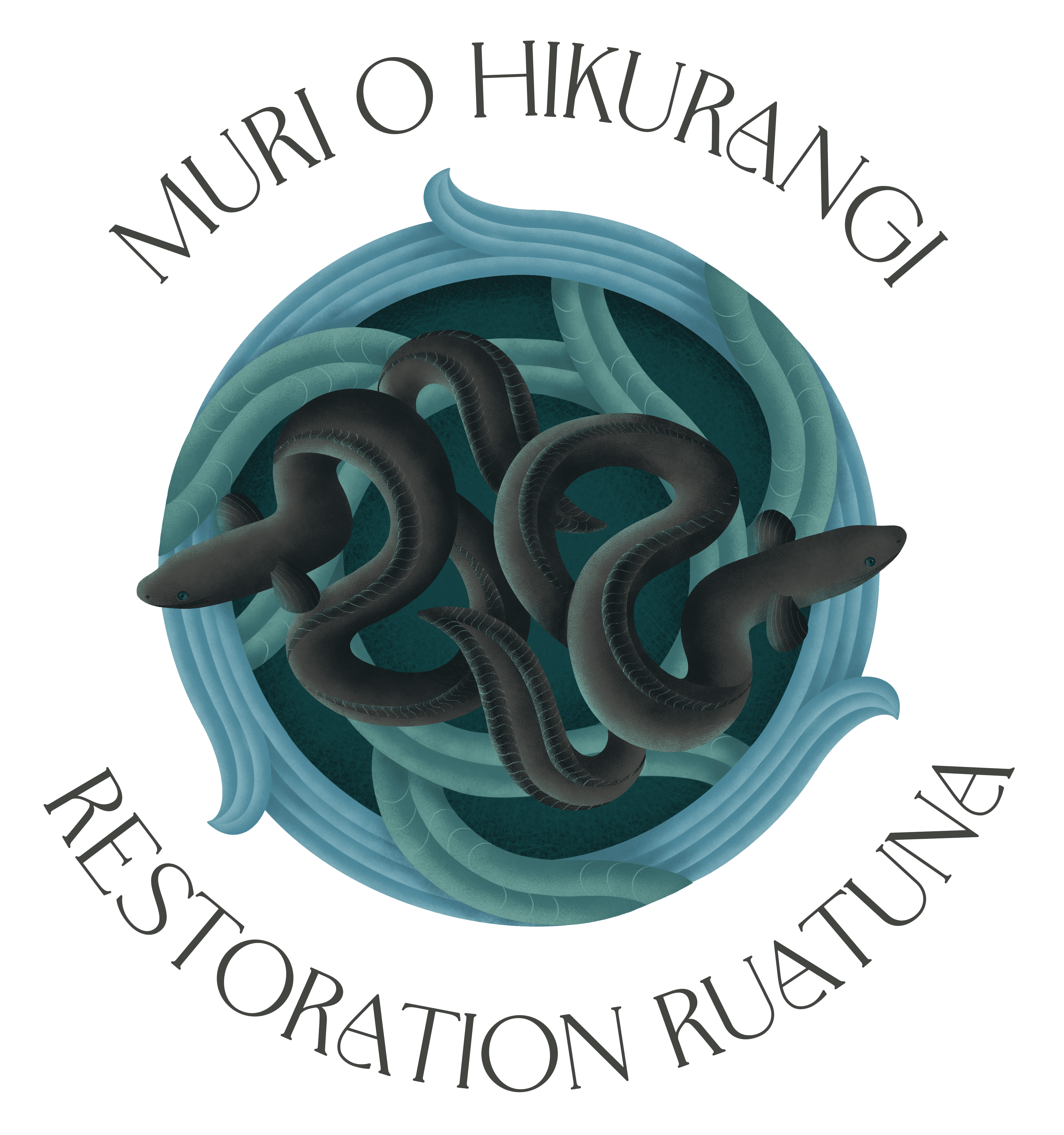History of the Whenua
Discover the living story of the Waitākere Ranges
Step into the rich tapestry of the Waitākere Ranges, a sacred landscape steeped in the history, traditions, and enduring connection of Māori to the whenua (land). These lush forests, rugged peaks, and cascading waterfalls are more than just natural wonders—they are the cradle of ancient stories, the footprints of tūpuna (ancestors), and the guardians of Māori cultural heritage.
From the iwi, Te Kawerau ā Maki, who first called this place home to the spiritual bonds woven through its valleys and streams, the Waitākere Ranges are alive with the wisdom of generations. Journey with us as we uncover the treasures of tikanga (customs), kōrero tuku iho (oral histories), and the enduring guardianship of this land that holds the heart of Aotearoa.
Explore the wairua (spirit) of the Waitākere Ranges and connect with the timeless legacy of the whenua.
Oratia
In Te Kawerau ā Maki’s Treaty settlement (statutory acknowledgement) the name is Ora-Tia, named after the pā site. This was a hidden inland place with palisaded/pegged gardens. Orātia, as most commonly used today, refers to the Long Lingering sun. Oratia sits at the foothills of Te Wao nui ā Tiriwa – the Waitākere Ranges.
Waiatarua
Waiatarua means “song of two waters”, referring to the ability to see both the wild west coast, of the Manukau Harbour and the still, sparkling waters Waitemata harbour from certain points in the area.
Titirangi
Named by the Te Kawerau ā Maki ancestor Rakataura or Hape as the “fringe of heaven” as it reminded him of the vista of Hawaiki, and a significant hill. Similar to the name Hikurangi, another significant hill from Hawaiiki.
Te Piha
The area is named Te Piha, the traditional name of Lion Rock which was later applied to the wider area, and refers to the pattern made when waves hit against the rock. The area was the location of many Pā and villages, including a headland at Te Waha Point north of the beach, and Lion Rock, which was the location of one of the most ancient Pā for Te Kawerau ā Maki named Whakaari pā.
Ōpareira – Henderson Valley
The area of Henderson is traditionally known as Te Kōpua – Henderson, meaning a deep pool, in reference to the confluence of the meeting of Oratia Stream (Horotiu) and the Pānuku streams, coming together to form a confluence. The Alderman restaurant and West Wave complex are at the confluence of the Te Kōpua (thus a deep pool). Henderson Valley itself is known by Te Kawerau ā Maki as Ōpareira, meaning the dwelling place of Pareira, a Te Kawerau ā Maki Ancestress. Te Wai o Pareira the away, are her waters. She and her kin would visit the forested valley to live there, particularly in the winter months.
Te Henga
Te Henga, is in reference to the long foredunes which run along the beach and look like the Henga or gunwale of an upturned waka hull. A rock located in the beach to the north-west of Ihumoana Island is the namesake of Wai-tākere referring to the way the water cascades over the rock.
Having lost their land in 1910, Te Henga is the location for the new Marae and Papakainga that will be built for Te Kawerau ā Maki.
Waiwhauwhaupaku – Swanson
Waiwhauwhaupaku/Swanson takes its name from the Whauwhaupaku, or the five-finger shrub which once grew in profusion in the area. Waiwhauwhaupaku is also the name of the stream. Historically Waiwhauwhaupaku was known for the many variety of Moko (Gecko) in the area, hence the name Waimoko Stream.
Huia
Te Rau o Huia meaning the Plumes of the Huia Bird - the traditional name used to describe the area and the mountain. The plumes are also a metaphor for the pride of the area. An ancestor of Te Kawerau ā Maki, Te Huia would live seasonally of the shores of Te Manukanuka ō Hoturoa. Traditionally Huia feathers were worn by people of high ranking. For Te Kawerau ā Maki, Te Rau ō Huia was a prized place due to it's beautiful resources.
Muri o Hikurangi – Laingholm
Waikūmete is the original name for Little Muddy Creek - a name that was later applied/misplaced to the greater area of Glen Eden during the time of European settlement. It was a traditionally strategic location, linking the southern Waitākere Ranges to the Manukau Harbour. The area was known as a place for canoe construction, with many traditional place names referencing the construction of waka made from tōtara wood. The area was protected with a fortified pā named Te Tokaroa at Muri o Hikurangi (Laingholm).
Cornwallis
Karanga aa Hape, meaning the Call of Hape relates to when Hape welcomed the Tainui waka. The Te Kawerau ā Maki Tupuna Rakataura was a Tōhunga (a wise man) who named many of the places within Hikurangi (West Auckland). He was later known as Hape due to his clubbed feet. When the Tainui waka was about to embark on the journey from Hawaiki to Aotearoa, the Captain Hoturoa refused Hape entry due to his clubbed feet. Feeling disheartened, but determined, Hape summoned a kaitiaki called Kaiwhare, who came in the form of a stringray and delivered Hape to the shores of Aotearoa, before the Tainui waka arrived. When Hape saw the Tainui waka coming, he called out to it – hence the name Karanga aa Hape. This is the traditional name of Cornwallis, as this is where Te Kawerau ā Maki believe this event happened.
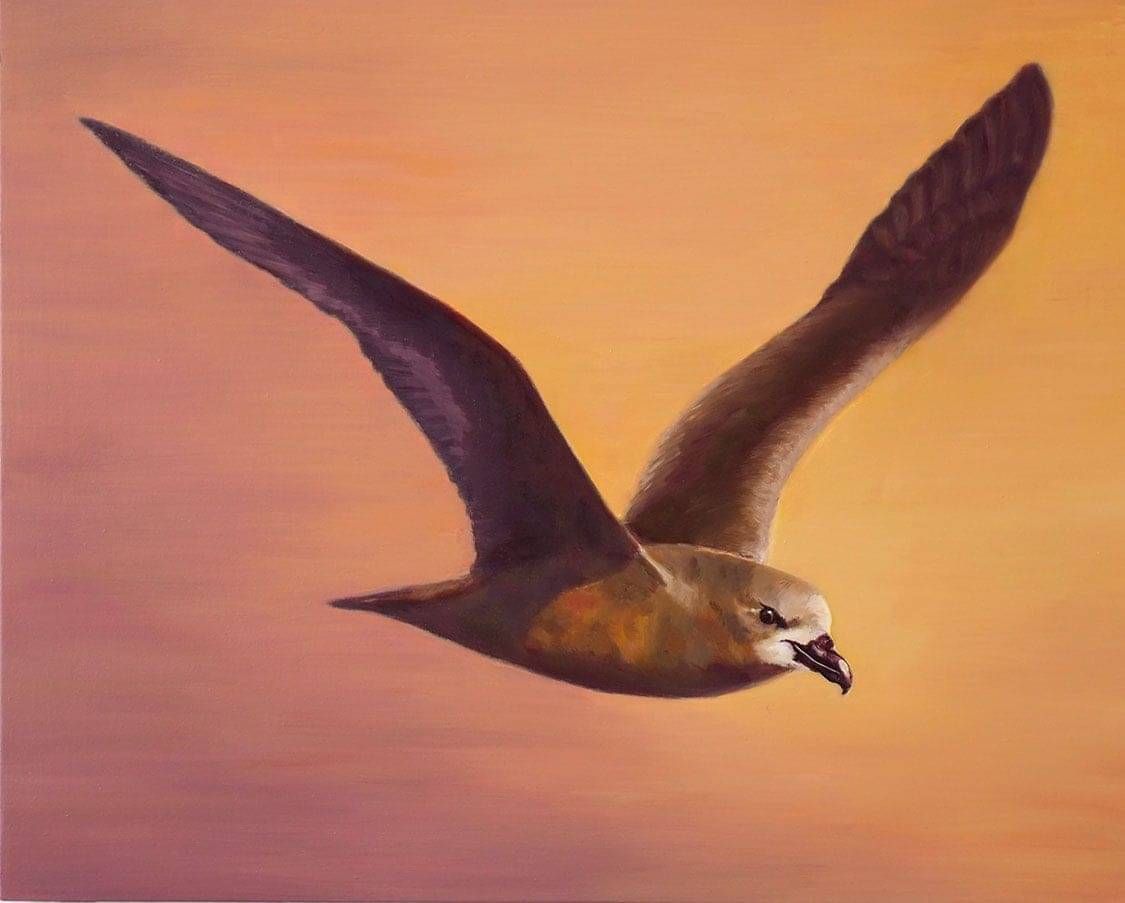
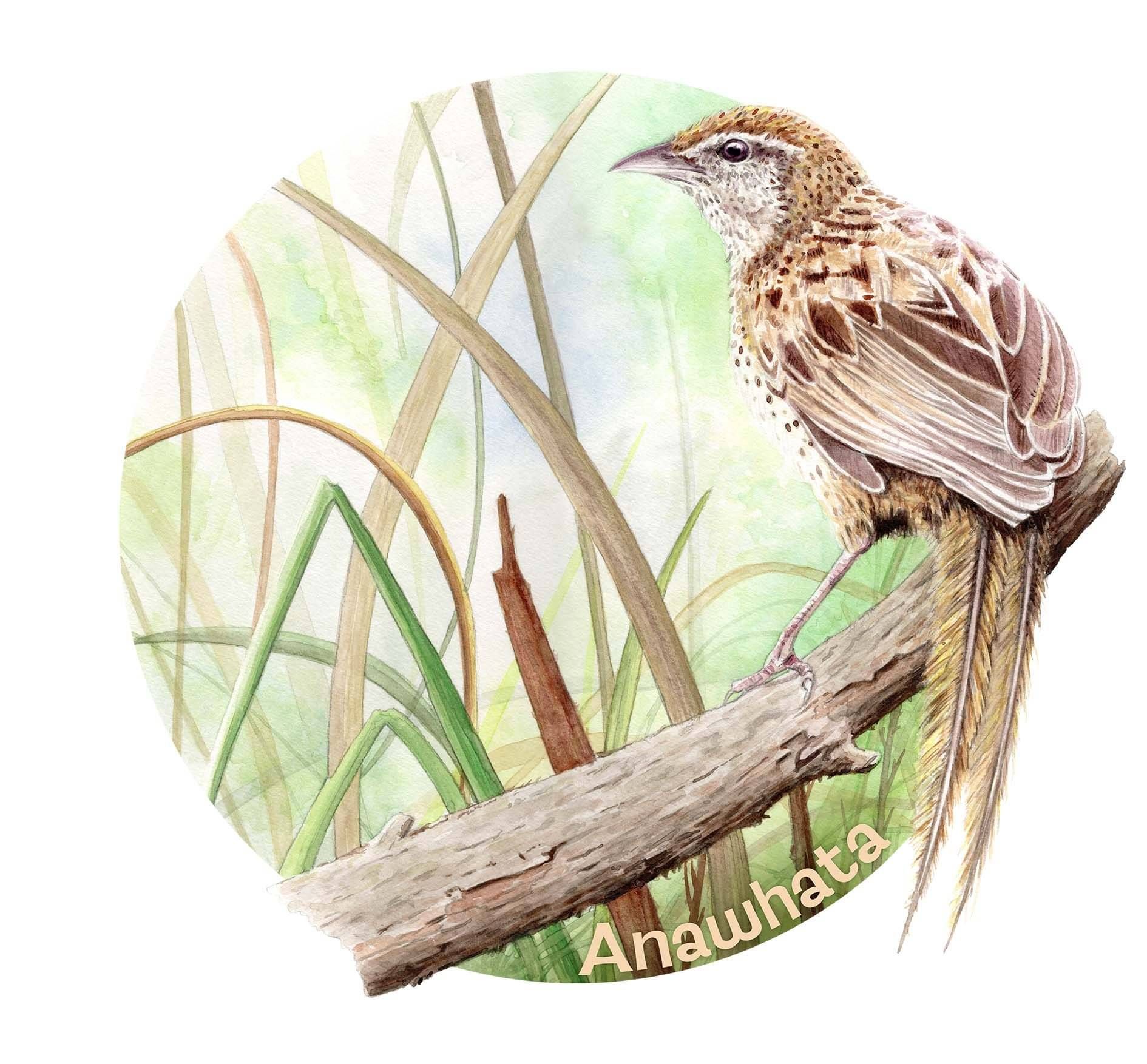
Anawhata
Anawhata refers to the elevated rock shelters found in the surrounding bluffs which were used during seasonal fishing. These significant caves feature in Te Kawerau ā Maki legends, where a woman of high birth was saved from being imprisoned in a cave on the beach, by her lover who rescued her by lowering a rope down from the cliff face above the cave.
Whatipu
Whatipu is associated with an ancient taniwha that came from the Bay of Plenty and settled in the area.
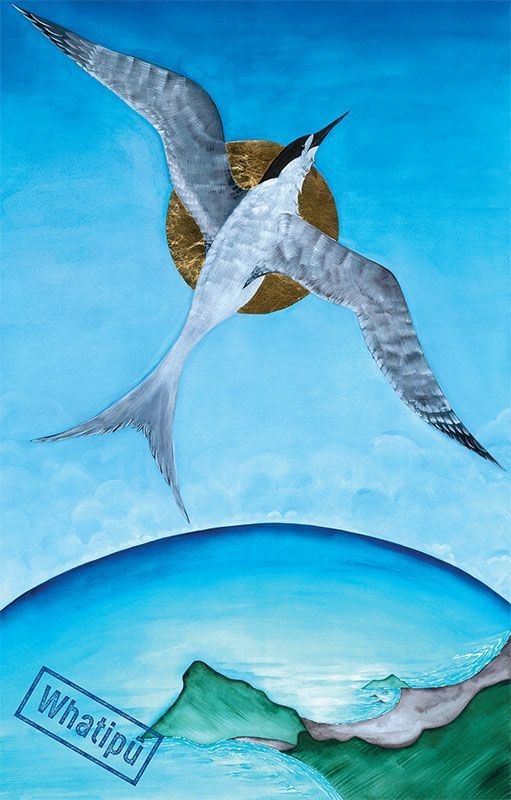
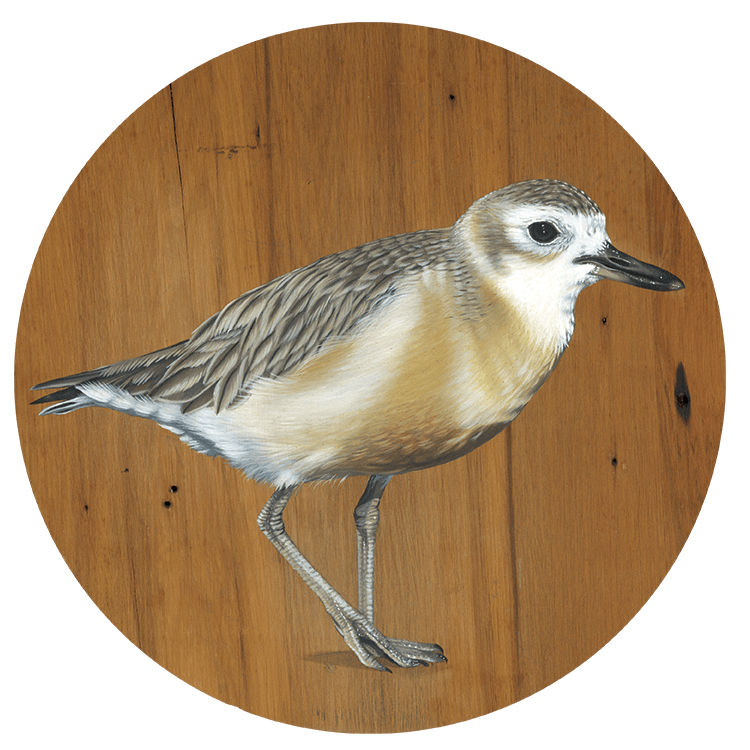
Karekare
Traditionally known as Waikarekare, referring to the turbulent waters of the Tasman Sea. Whilst at Tāhoro (Union Bay), Tiriwa, the most ancient Ancestor of Te Kawerau ā Maki, conducted his most well-known feat. There was a large volcano blocking his view looking out over the moana. Being self-determined and Tūrehu, this gave him supernatural abilities. He made himself extremely large and was able to pick up the volcano. Making big strides, he carried the volcano across Te Manukanuka o Hoturoa and into the Waitematā. However, the waters rose, and Tiriwa threw the volcano into the harbour – to where it now sits today as Rāngitoto. This event is known as Te Unuhanga ō Rāngitoto, which means the Unleashing of Rāngitoto. Te Unuhanga ō Rāngitoto is the traditional name of Mercer Bay.
Waima
